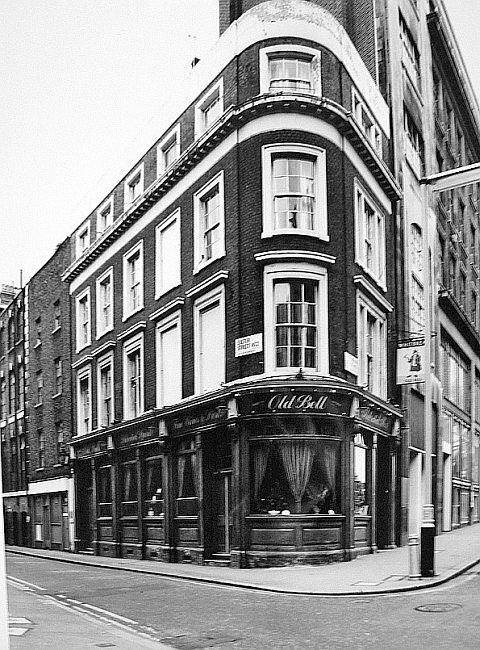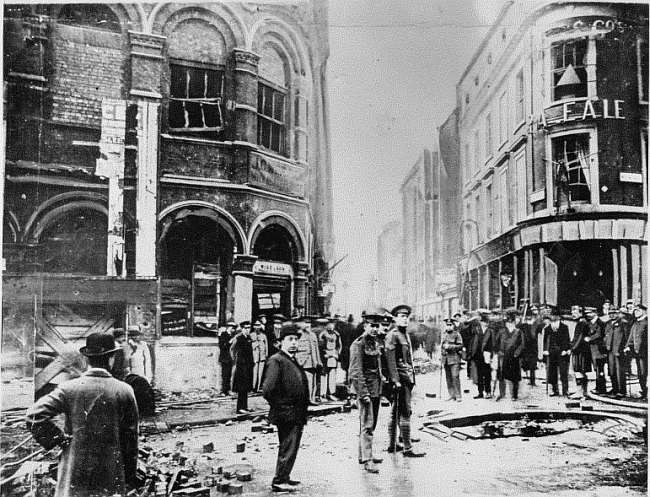A History of Wellington Street, Covent Garden
Today, enjoying an alfresco lunch at Boulevard Brasserie we're embraced by the charm of winding Wellington Street, lined with boutique bars and innovative restaurants. A glance down the street reveals the iconic Waterloo Bridge spanning the Thames, while just around the corner lies the beating heart of central London: the cultural hub of Covent Garden. Right on Boulevard Brasserie's doorstep, some of the city’s most established theatres buzz with excitement, welcoming joy seekers from around the world every day.
Despite much of the infrastructure remaining unchanged since the 19th century, Wellington Street has transformed dramatically from its humble beginnings. In fact, the name 'Wellington Street' would be foreign to 19th-century Londoners, as this new name was adopted in 1844 to shed its previous bad reputation.
In spite of its modest beginnings in the 19th century, the street has always been a magnet for fleeting visitors, drawn by the variety and vibrancy it offers. Food and coffee have long been staples of Wellington Street, anchoring its role as a social hub. In the 19th century, coffee rooms and public houses served as gathering places for locals and travellers alike, providing sustenance and a place to exchange news and ideas. These establishments were the heartbeats of the street, much like the boutique bars and inspired restaurants of today.
Modern Wellington Street continues this tradition, now boasting a sophisticated array of culinary delights and coffee shops that cater to both Londoners and international visitors. Contemporary eateries and cafes maintain the street's legacy as a destination for food and social interaction, much as the coffee rooms and public houses did nearly two centuries ago.
A spirit of friendship and the tradition of hospitality continue to define this iconic street in the heart of central London, which we at Boulevard Brasserie are extremely grateful to call home.






